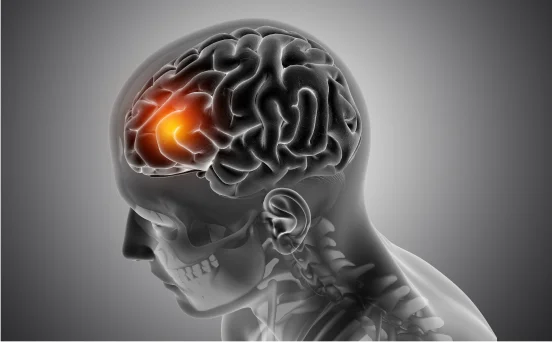The shoulder is one of the most mobile joints in the human body but with that incredible range of motion comes a risk: instability. Shoulder instability occurs when the structures that support the joint become loose or damaged, making the shoulder prone to slipping, partial dislocation (subluxation), or complete dislocation.
This condition can affect anyone, from athletes and fitness enthusiasts to individuals who’ve experienced trauma or repeated shoulder strain. Recognizing the early signs of shoulder instability is essential for preventing further damage and getting the right treatment at the right time.
Symptoms of Shoulder Instability
- A Feeling of Looseness or “Slipping Out” :- One of the most common symptoms is the sensation that the shoulder feels loose or like it might “slip out” of place during certain movements. This can happen during activities like reaching overhead, lifting heavy objects, or even while sleeping on the affected side. Some people describe it as a shifting or sliding feeling within the joint, especially when the arm is raised or rotated.
- Repeated Shoulder Dislocation or Subluxations :- Frequent dislocations are a clear indicator of shoulder instability. A dislocation occurs when the upper arm bone (humerus) completely pops out of the socket, while a subluxation is a partial dislocation where the bone shifts but returns to place on its own. If these events happen more than once especially with less force each time it often means the shoulder has become unstable and the supporting tissues have been weakened.
- Pain with Movement or Activity :- Persistent or sharp pain in the shoulder, especially during motion or physical activity, can signal instability. This pain may come and go, or it may become more constant over time. Pain often increases when the arm is extended overhead, behind the back, or during sports involving throwing or lifting.
- Weakness in the Shoulder :- Muscle weakness in and around the shoulder is another symptom. People with shoulder instability often report difficulty lifting objects or performing tasks that require strength or stability, such as pushing open a heavy door or carrying groceries. The shoulder may feel like it’s going to “give out” under pressure.
- Clicking, Popping, or Grinding Sensations :- Unusual sounds or sensations, such as clicking, popping, or a grinding feeling, may occur with certain shoulder movements. These sounds are caused by loose tissues or irregular contact between the bones in the shoulder joint. While some joint noise can be harmless, if it’s accompanied by pain or instability, it may indicate a problem.
- Swelling and Inflammation (In Some Cases) :- After a dislocation or repeated strain, swelling and inflammation can occur. The shoulder may appear puffy or warm to the touch, especially shortly after an injury. Chronic instability can also lead to bursitis or irritation of the soft tissues surrounding the joint.
- Numbness or Tingling :- In more severe cases, instability may cause pressure on nearby nerves, leading to numbness, tingling, or a “pins and needles” feeling in the arm or hand. This symptom requires immediate medical evaluation to prevent long-term nerve damage.
- Difficulty Performing Everyday Tasks :- Simple actions like putting on a shirt, reaching for a shelf, or brushing your hair can become difficult or painful. People with shoulder instability may avoid certain movements altogether out of fear that their shoulder will slip or dislocate.
Conclusion
Shoulder instability is more than just a nuisance it’s a condition that can worsen over time and significantly affect your quality of life. Whether caused by injury, overuse, or genetics, recognizing the symptoms early can help prevent further damage.
If you’re experiencing any of these signs, it’s important to consult with an orthopedic specialist. With proper diagnosis and treatment ranging from physical therapy to surgical repair you can restore stability, reduce pain, and regain confidence in your shoulder movement.























